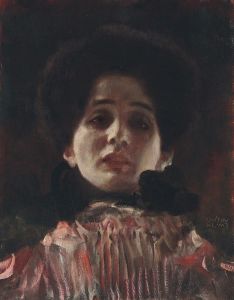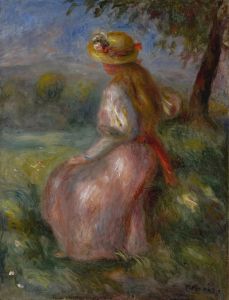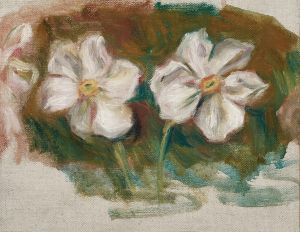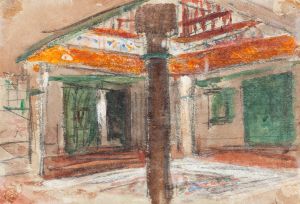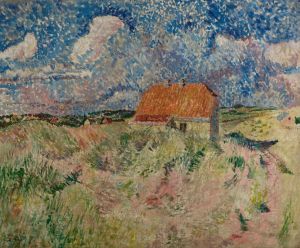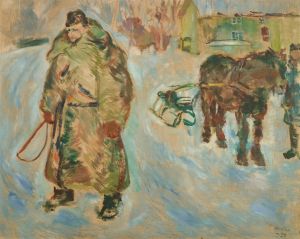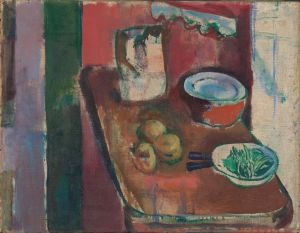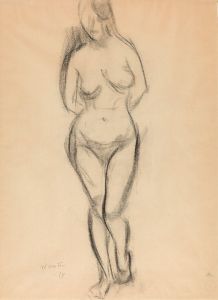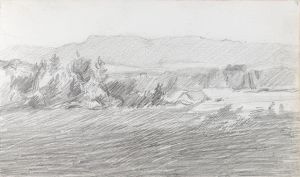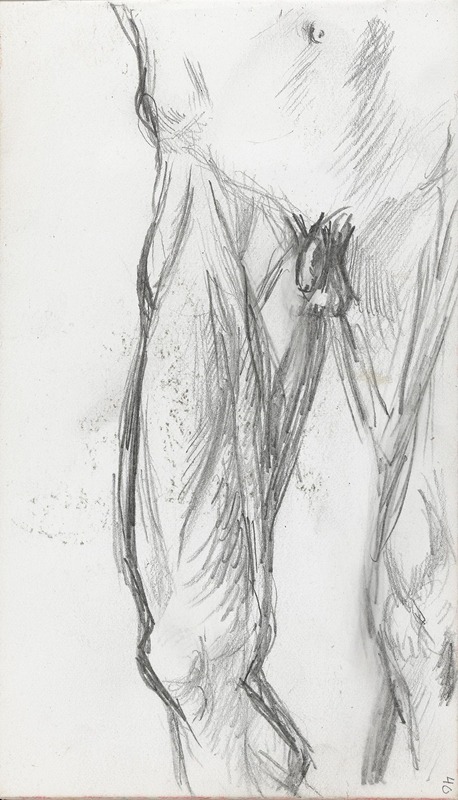
Mannsakt
A hand-painted replica of Ludvig Karsten’s masterpiece Mannsakt, meticulously crafted by professional artists to capture the true essence of the original. Each piece is created with museum-quality canvas and rare mineral pigments, carefully painted by experienced artists with delicate brushstrokes and rich, layered colors to perfectly recreate the texture of the original artwork. Unlike machine-printed reproductions, this hand-painted version brings the painting to life, infused with the artist’s emotions and skill in every stroke. Whether for personal collection or home decoration, it instantly elevates the artistic atmosphere of any space.
Ludvig Karsten was a prominent Norwegian painter known for his vibrant use of color and expressive style. One of his notable works is "Mannsakt," a painting that exemplifies his unique approach to capturing human emotion and form. Karsten, born in 1876 in Oslo, Norway, was a central figure in the early 20th-century Scandinavian art scene. He was influenced by the Impressionists and Post-Impressionists, which is evident in his dynamic brushwork and bold color palette.
"Mannsakt" is a testament to Karsten's ability to convey intense emotion through his art. The painting is characterized by its dramatic use of color and light, which Karsten employed to evoke a sense of movement and vitality. His technique often involved layering colors to create depth and texture, a method that is apparent in this work. The composition of "Mannsakt" reflects Karsten's interest in the human figure, a recurring theme in his oeuvre. He was known for his ability to capture the essence of his subjects, often portraying them in moments of introspection or emotional intensity.
Karsten's work, including "Mannsakt," was part of a broader movement in Norwegian art that sought to break away from traditional academic styles. He was associated with the Expressionist movement, which emphasized the artist's subjective experience and emotional response to the world. This is evident in "Mannsakt," where the emotional impact of the painting is prioritized over realistic representation. Karsten's use of exaggerated forms and vibrant colors serves to communicate the inner life of his subjects, a hallmark of Expressionist art.
Throughout his career, Karsten faced both acclaim and criticism. His bold style was sometimes controversial, as it challenged the more conservative tastes of the time. However, his work was also celebrated for its innovation and emotional depth. "Mannsakt" is an example of how Karsten pushed the boundaries of traditional painting, using his art to explore complex human emotions and experiences.
Karsten's influence extended beyond Norway, as he was part of a larger network of European artists who were redefining the art world in the early 20th century. His work was exhibited in various European cities, and he maintained connections with other influential artists of his time. Despite facing personal and professional challenges, including struggles with mental health, Karsten remained a dedicated artist until his death in 1926.
Today, Ludvig Karsten is remembered as a pioneering figure in Norwegian art, and "Mannsakt" continues to be studied and appreciated for its artistic and historical significance. The painting is a reflection of Karsten's innovative spirit and his commitment to expressing the complexities of human emotion through art. His legacy lives on in the continued appreciation of his work, which remains influential in the study of early 20th-century art movements.






